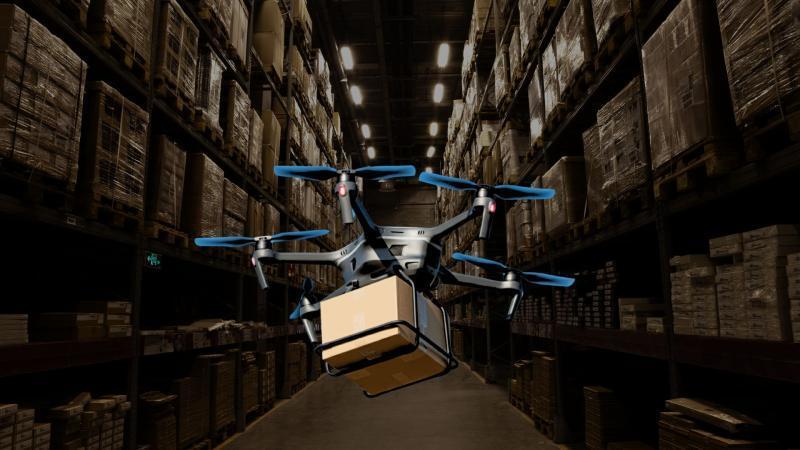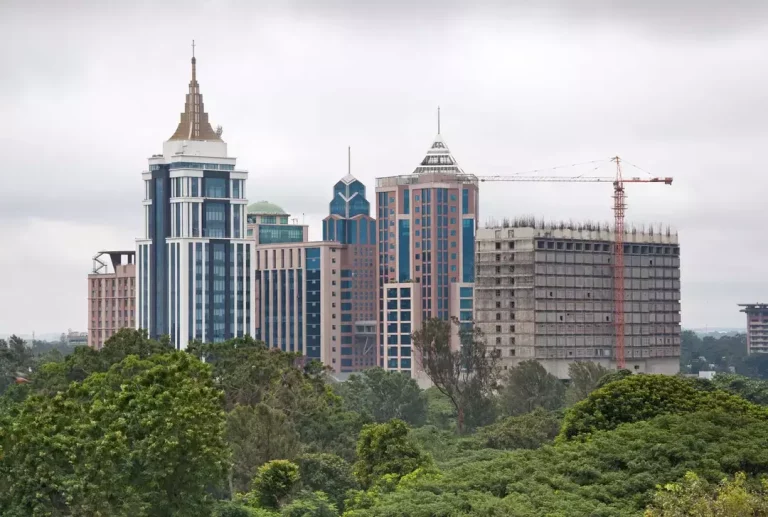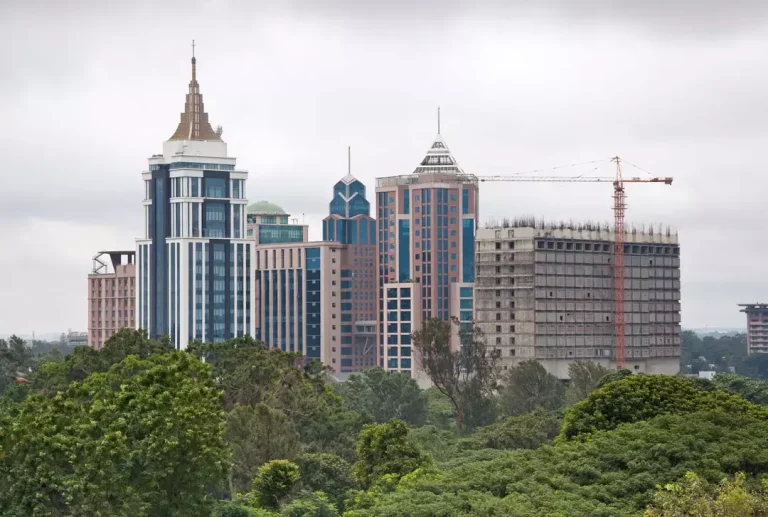
New Tech Optimises Drone Fleets for Faster, Greener Deliveries
The logistics industry is on the cusp of a revolution, with drone technology poised to transform the way we receive our packages. However, before we can fully unleash the potential of drone deliveries, a crucial challenge must be addressed: the Drone Warehouse Problem. This complex issue involves efficiently managing varied drone fleets, ensuring that parcels reach their destinations quickly and with a smaller environmental footprint. Fortunately, new research has yielded a breakthrough solution, promising to revolutionize the last-mile delivery process.
The Drone Warehouse Problem
As the demand for same-day and next-day deliveries continues to rise, drone technology has emerged as a promising solution. With their ability to navigate through congested skies and reach remote areas, drones have the potential to significantly reduce delivery times and costs. However, the Drone Warehouse Problem presents a major hurdle. This challenge involves managing a diverse fleet of drones, each with its unique specifications, capacity, and performance capabilities.
The problem is further complicated by the need to ensure that drones are dispatched and received in a seamless manner, minimizing delays and reducing the risk of lost or damaged packages. The traditional approach of relying on manual scheduling and coordination is no longer sufficient, as it is prone to errors and inefficiencies.
A Novel Solution
Researchers at [Institution] have developed a novel algorithm that tackles the Drone Warehouse Problem head-on. This cutting-edge technology optimizes drone delivery schedules, enabling warehouses to efficiently manage their varied drone fleets. The algorithm takes into account a range of factors, including drone performance, weather conditions, and package priority, to ensure that packages are delivered quickly and reliably.
The algorithm works by analyzing real-time data from the warehouse and the drones themselves. This data includes information on the current location and status of each drone, as well as the volume and type of packages being processed. By processing this data, the algorithm can identify the most efficient routes and schedules for each drone, minimizing delays and reducing the risk of congestion.
The Benefits of Optimized Drone Fleets
The benefits of optimized drone fleets are numerous. For one, the algorithm can significantly reduce delivery times, allowing packages to reach their destinations faster and improving customer satisfaction. Second, the technology can help reduce the environmental impact of delivery operations, as drones are a more fuel-efficient and lower-emission alternative to traditional delivery methods.
Furthermore, the algorithm can help reduce the costs associated with drone maintenance and operation. By optimizing drone usage, warehouses can reduce the need for costly repairs and replacements, while also extending the lifespan of their drone fleets.
Scalable and Sustainable Solutions
The optimized drone fleet algorithm is a crucial step toward scalable and sustainable last-mile delivery solutions. As the demand for drone deliveries continues to grow, it is essential that warehouses can efficiently manage their drone fleets to meet this demand.
The algorithm’s ability to optimize drone schedules and routes ensures that warehouses can handle a high volume of packages without compromising on speed or reliability. This makes it an ideal solution for businesses looking to reduce their environmental footprint and improve their customer experience.
The Future of Drone Delivery
The optimized drone fleet algorithm is a game-changer for the logistics industry. By tackling the Drone Warehouse Problem head-on, warehouses can ensure that packages are delivered quickly, reliably, and sustainably. As the technology continues to evolve, we can expect to see drone deliveries become even faster, cheaper, and more efficient.
In conclusion, the optimized drone fleet algorithm is a significant breakthrough in the quest for faster, greener deliveries. By addressing the Drone Warehouse Problem, this technology has the potential to revolutionize the last-mile delivery process, improving customer satisfaction, reducing costs, and minimizing the environmental impact of delivery operations.
Source: https://researchmatters.in/news/novel-algorithm-tackles-drone-warehouse-problem-faster-deliveries






